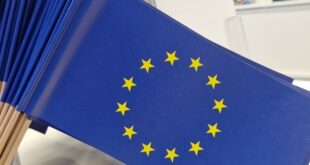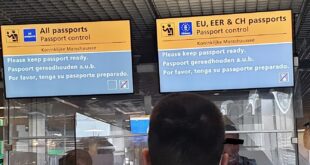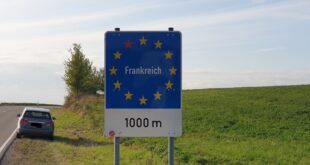The European Union’s cherished Schengen system, which guarantees passport-free travel across much of the continent, is facing mounting pressure as more member states reintroduce internal border controls. The latest move comes from Poland, which has announced it will temporarily impose checks along its borders with Germany and Lithuania starting next Monday.
Currently, 11 of the 29 Schengen countries are operating temporary internal border controls:
-
Germany – Controls on all land borders, including with Poland, Austria, France, and the Czech Republic
-
France – Checks at borders with Belgium, Germany, Spain, and Italy
-
Austria – Border controls with Slovenia, Hungary, Slovakia, and the Czech Republic
-
Netherlands – Controls at land, air, and sea borders with Belgium and Germany
-
Denmark – Controls on the land border with Germany and ferry ports
-
Sweden – Checks at key ports and crossings with Norway and Denmark
-
Norway – Border controls at ferry ports and land crossings
-
Italy – Controls at borders with Slovenia and parts of Austria and France
-
Bulgaria – Selective internal checks, especially along the border with Romania
-
Slovenia – Controls on borders with Croatia and Hungary
-
Slovakia – Controls along the borders with Hungary and Austria
With Poland’s move, that number will rise to 12. Belgium has also signalled that it will introduce border checks later this summer.
The growing list of countries enforcing controls is raising concern among EU policymakers and observers. Critics argue that the increased restrictions signal a broader retreat from the principles of openness and unity that Schengen represents. Moreover, the controls not only disrupt daily life for cross-border communities and affect the internal market, but also send a troubling political message: that Europe is closing in on itself.
Although the European Commission cannot block these national measures, it can issue non-binding opinions on their necessity and proportionality. Whether that will be enough to prevent a gradual but steady erosion of the Schengen model remains to be seen.
For now, one thing is clear: border-free travel in Europe is no longer a given.
Sola Jolaoso
 THE AFRICAN COURIER. Reporting Africa and its Diaspora! The African Courier is an international magazine published in Germany to report on Africa and the Diaspora African experience. The first issue of the bimonthly magazine appeared on the newsstands on 15 February 1998. The African Courier is a communication forum for European-African political, economic and cultural exchanges, and a voice for Africa in Europe.
THE AFRICAN COURIER. Reporting Africa and its Diaspora! The African Courier is an international magazine published in Germany to report on Africa and the Diaspora African experience. The first issue of the bimonthly magazine appeared on the newsstands on 15 February 1998. The African Courier is a communication forum for European-African political, economic and cultural exchanges, and a voice for Africa in Europe.

































